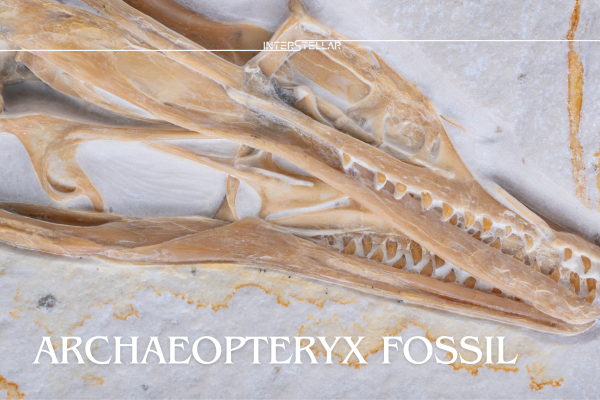The Field Museum in Chicago recently acquired a well-preserved fossil of Archaeopteryx, the earliest-known bird. This pigeon-sized fossil provides valuable insights into a species that supported Charles Darwin’s theories on evolution after its 19th-century discovery. The fossil will be publicly displayed at the museum.
Previously owned by private collectors, the fossil was discovered in southern Germany before 1990. It is described as having the most intact skull, vertebral column, and soft tissues among the 13 known Archaeopteryx specimens. According to Field Museum paleontologist Jingmai O’Connor, “No single specimen tells us the whole story of this animal. Most previous specimens are incomplete, crudely prepared, and/or crushed, limiting the data they can provide.”
O’Connor emphasized that this particular specimen reveals details about Archaeopteryx’s skeletal structure and soft tissues not seen before, aiding scientists in understanding how this bird lived and how it relates to non-avian dinosaurs. Living around 150 million years ago during the Jurassic Period, Archaeopteryx displayed both reptilian and avian features. While it had teeth and a long, bony tail, it also possessed wings with asymmetrical feathers.
The fossil is nearly complete, missing just the tip of one finger. It features clear feather impressions and reveals a feather tract on its wing, not found in other specimens. The fully preserved vertebral column, including two tiny vertebrae at the tip of the tail, shows Archaeopteryx had 24 vertebrae, one more than previously recorded. Additionally, the fossil reveals scales on the undersides of its feet.
The fossil remains in a limestone slab due to the bones’ fragility. After the fossil arrived in Chicago in August 2022, museum preparators Akiko Shinya and Connie Van Beek spent over 1,400 hours using delicate drills to expose its intricate details.
O’Connor stated that this Archaeopteryx specimen indicates the bird thrived in an arid archipelago and could navigate on the ground while gliding from trees.
When Charles Darwin presented his theory of evolution in 1859, he acknowledged the absence of transitional fossils as a significant gap. Archaeopteryx, discovered in 1861, played a pivotal role in confirming his theories, showcasing the transitional traits between reptiles and birds. As O’Connor noted, “This one fossil taxon showed us birds are dinosaurs, helped to prove natural selection as a mechanism for evolution, and still remains after 160-plus years one of the most researched and important fossil species of all time.”
The Field Museum will display the fossil temporarily for public viewing before moving it to a permanent exhibit.





